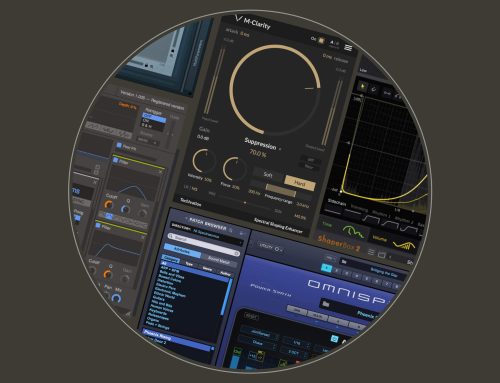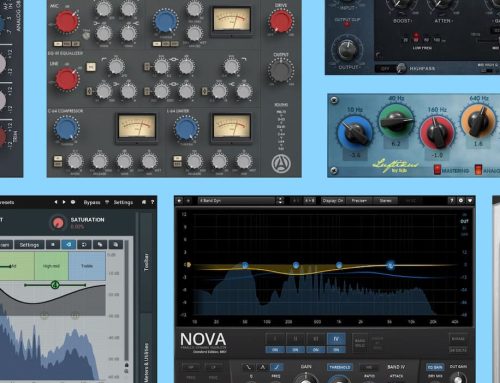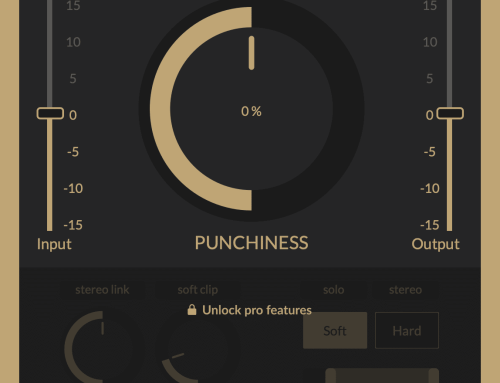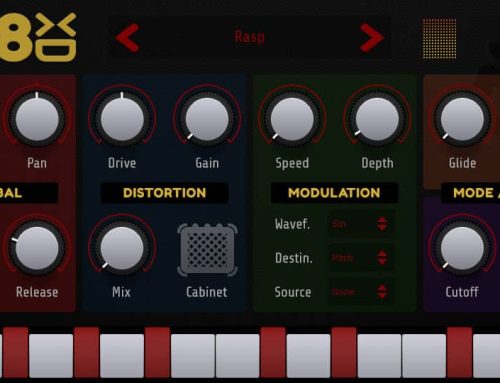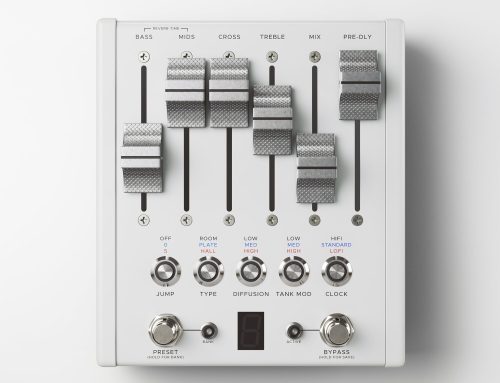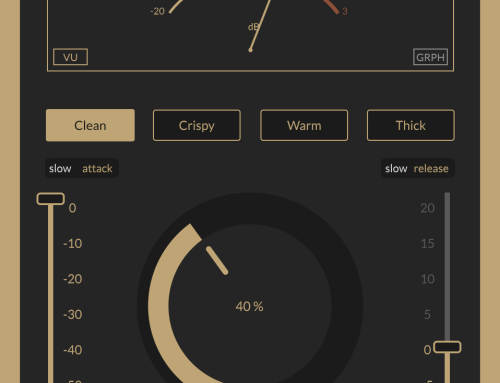The Company
Led by Michael Krusch, the tiny boutique tech company from Berlin called Tegeler Audio Manufaktur is now blossoming into a stable and serious competitor amongst the audio gear makers. Their team is still small, but judging by the quality and quantity of product they are able to push on the market I think we may be watching at the early footsteps of a small giant. The company has managed to expand its line of products to 9 analog pieces of gear (including Tegeler Audio Creme) that can be seen in studios all over the world. What those guys bring to the table is impeccable sound quality for very not a lot of money.
It doesn’t take a lot to recognize their passion for tubes and transformers. They clearly draw inspiration from units that are half a century old yet are keeping an eye on the future by packing their units with modern sophisticated technology targeting the needs of engineers today.
To be more specific – think of features like motorized potentiometers controlled remotely from plugins within your DAW for ease of recall; VU meters displayed over LCD; dummy plugins that can store visual settings of your fully-analog gear etc.
The Creme
The Tegeler Audio Creme is a stereo-only VCA compressor and passive equalizer that can be found in two different versions. One includes all the fancy futuristic features I mentioned above for a slightly higher price and one gives you a fully analog experience for a smaller cost. Today I’m reviewing the latter.
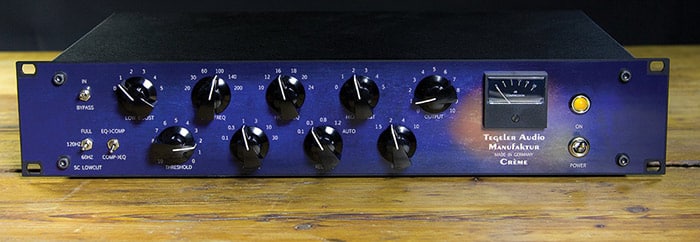
The Details
I am certainly not one to give credence to stereotypes, but that unit is definitely German-built. And if Germans are known for anything it’s that they approach any type of engineering and design with incredible perfection, attention to details and immense efficiency. All of those trades can be found in Crème from the mesmerizing unboxing experience, brutal component efficiency to its stunning performance.
Starting from the packaging. Have you ever unboxed an Apple product you would know they take the experience seriously. Everything fits together as tightly as possible and the materials scream “premium”. Now, take that feeling and multiply it by a hundred. That is the experience Tegeler brings to your door when the courier rings on the bell.
The Wooden Box
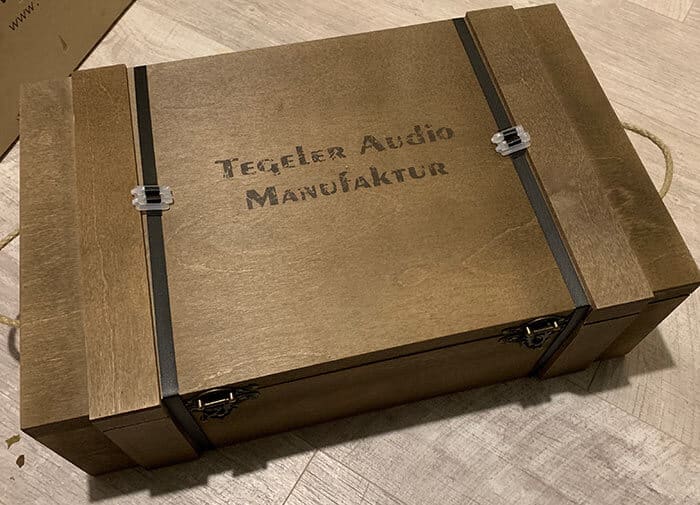
My Creme, for which I paid full price, was packaged in a wooden treasure chest with rope handles and vintage metal latches. Everything inside the chest was packed so tightly it actually took some serious efforts to take it out. The spacious foam-padded chest itself, I found, is the most comfortable and appropriate box for cables and other accessories. I already used it for that purpose on a mobile recording session and quickly got the attention of everybody as soon as I arrived at the location.
And yes, from time to time people do ask me if I’m transporting ammunition based on the looks of the box, but the overall verdict is – stunning packaging.
Earlier I mention the brutal component efficiency and I’d like to elaborate on that as it is tightly bound to the Crèmes’ performance.
This processor
is based on a Pultec EQP and an SSL Bus Compressor. I don’t know if you have ever opened a real vintage Pultec or any of its high-end clones, but inside you would often find a cluster of tightly packed components. The abundance of transformers, transistors, capacitors, valves and enough wire to hang yourself from the ceiling is often making it hard to spot the PCBs. In the case of the original Pultecs, the outside-mounted humongous transformers have enough weight to make your gym-membership obsolete.
With Tegeler products that is not the case. If you open their dual-mono EQP-1, you will find that most of the space is occupied by air. Yes, the EQP-1 has both input and output transformers as well as 2 valves, spread over 2 bear-looking PCBs, but the lack of components is noticeable. Some of it might be caused by a sort of visual illusion as the chassis is almost twice the depth of an original Pultec, while the need for stupid amounts of wire has been replaced by modern complex PCBs. After all, the last 50 years of engineering have definitely helped shrink some components.
Tegelers EQP-1
By now you have probably noticed that I’m referring to the insides of Tegelers EQP-1 and not the Crème, but that is simply because I didn’t have the guts to open my unit and there’s a lack of pictures on the internet. Though it’s safe to say the comparison is fair as the Crème is worryingly light. That suggests a similar pattern for the guts of the Crème.
This is where the mystery begins. The Tegeler Audio Creme is most definitely empty compared to the gear it’s based on, yet its performance is nothing short of shocking. The only way this can be achieved is by absolute brutal component efficiency. It is like the engineers at Tegeler have found a way to source the necessary components and slash them in half with no compromise to the sound.
Performance
If I need to find one word that can describe the performance of this unit, that would be “creme”. Slap this on your mix bus or any other stereo source and it is like you’re pouring a thick and sweat layer of creme over your tracks. That is what a real Pultec EQ combined with an SSL compressor would do.
Is it really an SSL Bus Comp with a stereo EQP?
The people at Tegeler strongly suggest they are not cloning the two legendary processors by using words like “inspired”, “based on a Pultec principle” and “SSL-like sound”.
That being said, if the unit was split in two with the compressor placed in an SSL chassis and the EQ wearing the Pultec logo it would not make a blind bit of difference to me if they are authentic or not. I strongly recommend Warren Huarts review on YouTube as he compared the Crème to his SSL Bus Comp and mastering-grade EQPs with shocking results.
The two chains were not only scary similar but in some instances, the Crème prevailed. On several occasions, Warren himself ended up preferring the Crème over its $10,000 competition.
A Comparison
I had the opportunity to test the Crème against our SSL XLogic Bus compressor as well as the original Bus Compressor found in our 48-channel G4000 desk. The Crème definitely fell close to the XLogic with smoother less aggressive compression while the G-Comp found in the desk was flexing its aggressive muscles on every source I fed into it.
That is particularly because those early desk built-in models were based on a modified DBX160.
The quick answer to the question
“Is it really an SSL Bus Comp with a stereo EQP” is yes and no. Yes – it does apply compression in the same way and the equalization is in the style of Pultec. Like I said before – this processor could actually fool you when compared to the “real deal”.
No – only because it doesn’t carry the same transformers and valves as the original Pultec EQPs. The old Pultec EQP has the reputation of being a trick box or as a friend of mine calls it – “the better button”. Just by running signals through its internals the sound gets infused with thickness and depth.
The Trick!
The “trick” has become so popular amongst engineers in the past few decades that many plugins manufacturers today are emulating similar low-harmonic distortions. Their software EQPs can thicken up signals even without dialing any equalization.
That trick is missing from the Crème, but there is a reason for it. I personally got in touch with the people who build this processor and asked them why have they not included any transformers or valves in it. Especially after most of their other units are packed with them. I mean… they even make a reverb unit that uses valves and transformers to color its sound.
“With the Crème I found it better to design it more versatile, to have a unit that can be in the mix bus every time with every music. Only the compressor and EQ part should introduce a sound. That’s why I haven’t used tubes and transformers, although I really like them…The filter circuit of the Crème is the same design as the Pultec, but without the rest of the circuit.”
– Michael Krusch
I do understand why Mr. Krusch went with this design. The Pultec “trick” I mentioned earlier is something I certainly wouldn’t use on every mix. It is a very particular sound that has its own implementations. The Crème, on the other hand, is something I could permanently solder to the outputs of my summing mixer and sleep well at night.
The EQ section
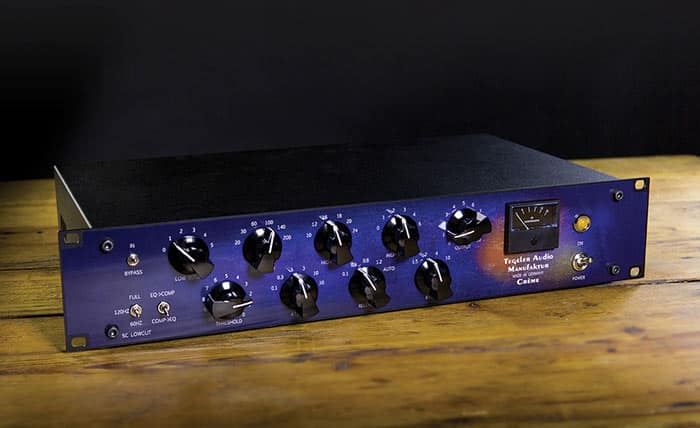
The top-end is incredibly smooth, but that’s not the kind of smooth you get from valves gently brushing on the transients. It’s rather caused by a very broad bandwidth to the curve of the shelving EQ. Passive designs are known to leave the least mark on the source. The lack of gain results in a lack of harshness anywhere you boost.
The shelving high-frequency EQ can perform up to +5 dB boosts in 1 dB increments via a stepped potentiometer.
No matter how hard I tried
I could not get any source to sound bad at any of the frequency choices with even +5 dB boosts. In the regions between 10 and 12 kHz, I seem to add tremendous presence, while anything above affects the so-called “air” frequencies. The more you boost – the more you open up the mix bus without harshness in hi-hats or unpleasant siblings associated with most plugins or cheaper hardware units. The high-band on the Crème is simply – elegant and silky.
Similarly to the high-one
the low-end shelving EQ gives you loads of frequency options to choose from starting from 200 Hz and going all the way down to 20 Hz. Boosts in the lower registers of that shelving EQ seem to add weight to the source materials. The higher registers on the other hand like 200 Hz can add fullness to the tracks without any unwanted muddiness.
If you’re specifically looking for a Pultec tonal coloration I would say look elsewhere as that magic comes from heavy transformers and dusty old valves. Other than that, the Crème performs every single bit as a Pultec EQP.
The compressor
The VCA found in the Crème is every bit as good as its EQ section. It has the same “Auto” release found on the SSL Bus Comp with the added bonus of a 1.5 ratio, which I can’t stop loving. The 1.5 ratio is a setting I had never used before with any serious intention, but it is quickly becoming one of my favorite settings. It does give me that same SSL-like glue without leaving a dent in my mixes.
There’s not much more to say about the compressor other than it does exactly what it is meant to do. It is a versatile tool that can tame down everything you throw at it.
I am sure there are plenty of reviews out there that can go more in-depth of the Crème’s compression. Here I am going to be as bold as saying: you’d be safe reading even a review for the SSL G Bus Compressor and will get an idea on how the Crème performs.
The magic switch
For me personally one of the coolest features of the Creme is the switch that changes the positioning of the EQ and Compressor on the signal path. It seems like something simple and insignificant but damn it… more companies need to adopt that switch.
Being able to A-B the two positions is fantastic. That is something you simply can not do with an original SSL Bus Comp and a pair of Pultecs. Forget about keeping any type of perspective while re-patching those units. The only way to truly A-B is by using the switch found on the Crème.
Phantom Plugin
Another eye-catching feature is the dummy plugin the Crème ships with. That makes recalls fun and enjoyable. All you have to do is place the dummy plugin on the track that feeds the Crème and dial the settings from the hardware unit. That is super efficient for saving your settings within the DAW. It is simply clever.
The Negatives
The price of the unit in the UK is just over 1,400 GBP (around 1,800 USD) with free shipping. Considering what performance the Tegeler Audio Creme offers this isn’t a high price for the unit, but there are tradeoffs, and they are mainly in EQ flexibility. You can’t have individual control over the left and right sides. No frequency cuts. You can’t bypass the EQ and Comp individually, but rather bypass the whole unit.
Verdict
This is a fantastic tool that can make a difference. It doesn’t do something you can’t do with plugins, but I guarantee the Crème will do it better than any software emulation. Regardless of your style of music you can use this as a very effective mastering processor or just mix into it.
It can glue the music in a very coherent way, by adding sweetness, thickness, punch, air, and openness to any mix.
If you are in a professional environment and have experience with high-end analog gear – you will be swimming in very familiar waters. On the other hand, if you are on a tight budget and have little to none analog gear in a bedroom environment, but wish to up your game with something analog – the Crème would be the perfect introduction to that world. It is a high-end mastering-grade processor on a semi entry-level price point.

Written By Ivo Sotirov


